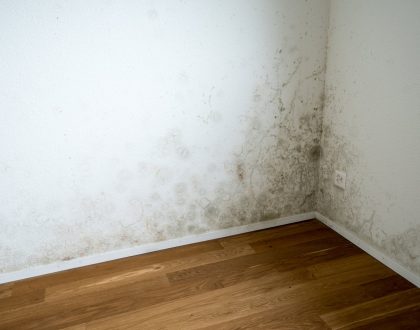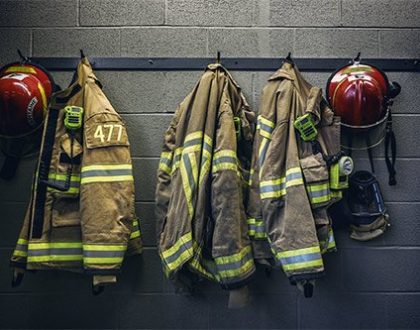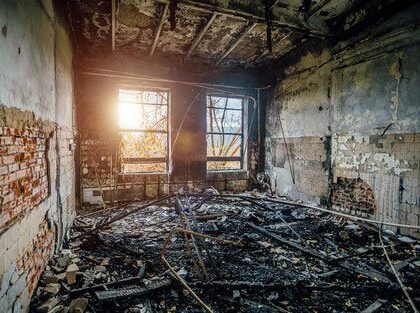Frozen Pipes: What Homeowners Need to Know

Frozen Pipes: What Homeowners Need to Know
Like many people, you may be ready to wave goodbye to winter already, but the harsh reality is that there is still a fair amount of time left to suffer through the blistering cold. In addition to taking measures to protect yourself from the effects of the weather, it’s equally important to consider protective steps around your home.
If not, you’re putting yourself at risk for catastrophes like frozen pipes. Make sure you know what to do.
Understanding Frozen Pipes
When you hear the term frozen pipe, it’s easy to minimize just how dangerous of a problem it is. After all, if the pipes are frozen, this means merely water can’t flow through them, right? Yes and no. Yes, a frozen pipe restricts water flow, but the no comes from the fact that this is only one element of the problem.
When the pipe is frozen, this means that the water inside it is frozen. When water freezes it solidifies, and this expansion puts extra pressure on the pipe. Eventually, the pipe succumbs to the pressure and bursts, even if you have something as durable as copper pipes. Once the water starts flowing through the pipe again, it will leak out of the opening and create a huge mess.
Prevention Is Key
A frozen pipe is a preventable occurrence, but you must get ahead of the problem. One of the best things homeowners can do is monitor the forecast. In Southeast Michigan, there is an expectation of cold weather, but there are days when temperatures near, or fall below, freezing. Take action on these days.
Keep all faucets on a drip to keep water flowing through the pipe since running water is harder to freeze. Open the doors to any cabinet where pipes are housed, such as under the bathroom sink. Disconnect all water hose and drain the pipes attached to outdoor faucets. You should also make sure that the areas where your pipes are have plenty of insulation.
Thawing the Correct Way
In the event your pipes freeze but don’t burst, you still have time to correct the problem. When thawing pipes, never use an open flame. In theory, using a lighter or blowtorch would seem to offer a quick and easy course for rectifying the problem. However, thawing in this way causes a serious fire hazard, since you don’t know what substances might be on or around the pipe.
A safe and effective way to thaw out a frozen pipe is to use a blow-dryer. Turn it on its highest setting, aim it at the pipe and it should eventually melt. If you don’t have a blow-dryer, wrap a towel or cloth over the pipe and keep pouring hot water over it until it thaws. Make sure you have a bucket or dish under the pipe to collect the water.
Handling Damage
Life is unpredictable, and just like with all other emergencies, your pipes may freeze despite your efforts. Even worse, you might not discover the issue until you find water all over your home. Should this occur, immediately locate your home’s main water valve and turn it off. Until you stop the water supply, water will continue to flow from the pipe.
Contact a plumber to have the pipe repaired, along with a restoration company to handle the water. Mopping or removing the water alone is not an efficient solution. Any moisture that seeps into the floors, walls, or other surfaces can lead to the formation of mold. A restoration company will remove the water and eliminate these additional concerns.
If you find yourself in this unfortunate circumstance, DRC Cleaning Solutions is here to help.
Recommended Posts

Flood Damage? 3 Longer Term Challenges to Prepare For
June 29, 2019

Fire Prevention Tips for Landlords and Property Owners
June 29, 2019

What Next? 6 Steps to Take After a House Fire
June 29, 2019
